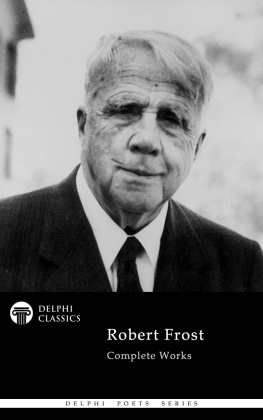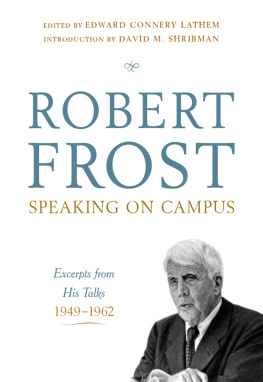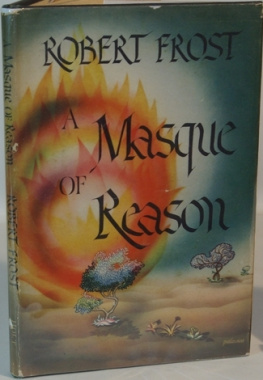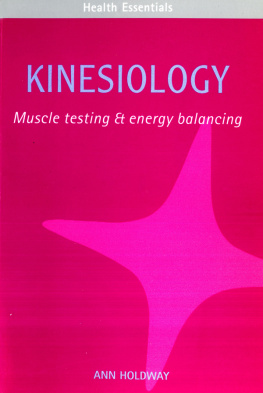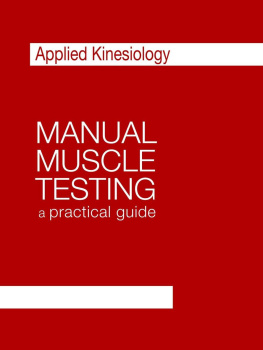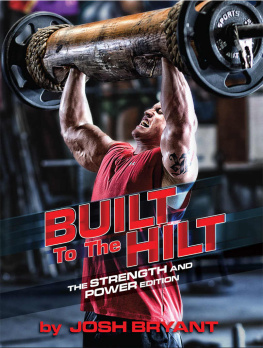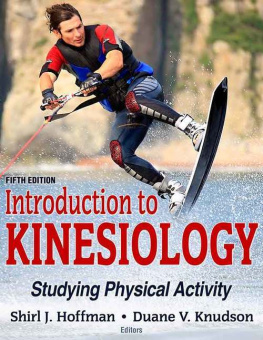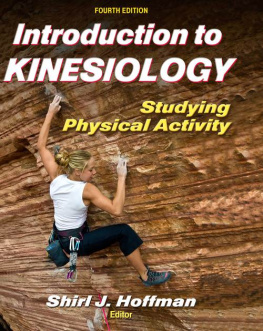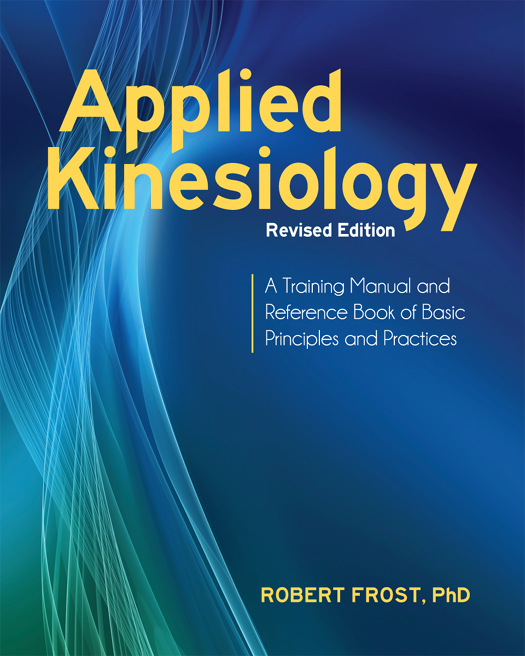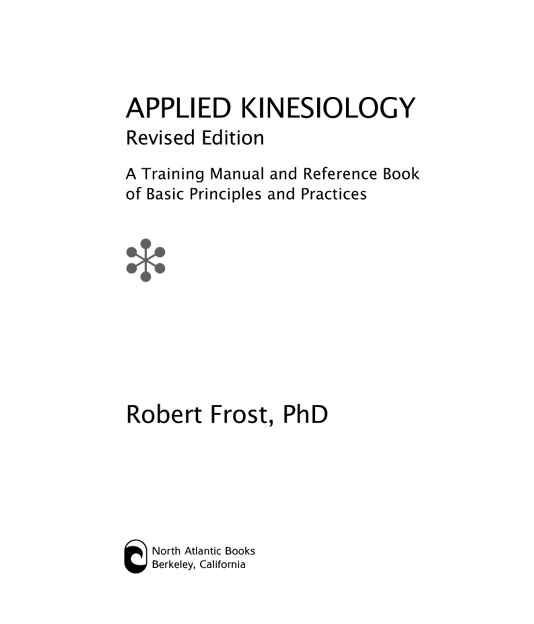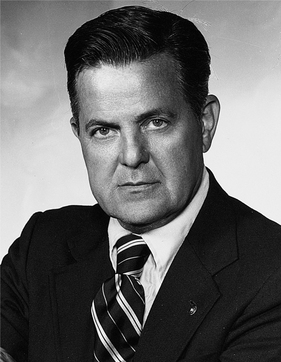Copyright 2002, 2013 by Robert Frost. All rights reserved. No portion of this book, except for brief review, may be reproduced, stored in a retrieval system, or transmitted in any form or by any meanselectronic, mechanical, photocopying, recording, or otherwisewithout the written permission of the publisher. For information contact North Atlantic Books.
Published by
North Atlantic Books
P.O. Box 12327
Berkeley, California 94712
Cover design by Jasmine Hromjak
Cover art iStockphoto.com/agsandrew
Photography by Andreas Werda, Lukas von Saint-George
Illustrations by Tatjana Schuba
Applied Kinesiology: A Training Manual and Reference Book of Basic Principals and Practices, Revised Edition, is sponsored by the Society for the Study of Native Arts and Sciences, a nonprofit educational corporation whose goals are to develop an educational and cross-cultural perspective linking various scientific, social, and artistic fields; to nurture a holistic view of arts, sciences, humanities, and healing; and to publish and distribute literature on the relationship of mind, body, and nature.
North Atlantic Books publications are available through most bookstores. For further information, visit our website at www.northatlanticbooks.com or call 800-733-3000.
MEDICAL DISCLAIMER: The following information is intended for general information purposes only. Individuals should always see their health care provider before administering any suggestions made in this book. Any application of the material set forth in the following pages is at the readers discretion and is his or her sole responsibility.
The Library of Congress has cataloged the printed edition as follows:
Frost, Robert, 1950
Applied kinesiology: a training manual and reference book of basic principles and practices / Robert Frost.Rev. ed.
p.; cm.
Includes bibliographical references.
eISBN: 978-1-58394-629-9
I. Title.
[DNLM: 1. Kinesiology, Appliedmethods. 2. Musculoskeletal Physiological Phenomena. 3. Physical Therapy Modalities. WB 890]
RZ999
612.76dc23
2013015174
v3.1
TABLE OF CONTENTS
FOREWORD
Applied Kinesiology had a simple beginning in 1964, based on the concept that muscle weakness is involved in most muscle spasms and, indeed, is primary.
Applied Kinesiology is based on the fact that body language never lies. The opportunity of understanding body language is enhanced by the ability to use muscles as indicators for body language. The original method of testing muscles and determining their function, first brought to my attention by Kendall, Kendall, and Wadsworth, remains the prime diagnostic device.
Once muscle weakness has been ascertained, a variety of therapeutic options is available, too numerous to enumerate here. The opportunity to use the body as an instrument of laboratory analysis is unparalleled in modern therapeutics because the response of the body is unerring; if one approaches the problem correctly, making the proper and adequate diagnosis and treatment, the response is adequate and satisfactory both to the doctor and to the patient.
The name of the game, to quote a phrase, is to get people better. The body heals itself in a sure, sensible, practical, reasonable, and observable manner. The healer within can be approached from without. Man possesses a potential for recovery through the innate intelligence or the physiological homeostasis of the human structure. The recovery potential with which he is endowed merely waits for the hand and the heart and the mind of a trained individual to bring it into manifestation, allowing health to come forth; this is mans natural heritage.
DR. GEORGE J. GOODHEART, JR.
This benefits mankind individually and collectively. It benefits the doctor who has rendered the service, and it allows the force which created the structure to operate unimpeded. This benefit can be performed with knowledge, with physiological facts, with predictable certainty. It should be done, it can be done, and this book offers a means and a measure of how it can be done. My appreciation to the author and his staff for the excellent job he has performed in advancing these principles, and my best wishes are extended to all who read this manual.
George J. Goodheart, Jr., DC, FICC Diplomate, ICAK
ACKNOWLEDGMENTS
First of all, I would like to give a heartfelt thanks to the founder of Applied Kinesiology, George Goodheart, DC. His insights and research are the reason this field exists at all.
Next, I am indebted to the excellent texts of David Walther, DC, David Leaf, DC, and Wolfgang Gerz, MD. These were my most-used references for the writing of this book. Dr. Gerz was also kind enough to read the text, answer questions by phone and fax, provide various diagrams, and to help with specific questions including the correct translations of Applied Kinesiology terminology (Fachbegriffe) for the German edition. His critical reading of this text, corrections and suggestions greatly assisted its accuracy and completeness.
My deepest thanks go out also to my personal teachers of kinesiology: John Grahme, Andres Bernard, Richard Harnack, Jimmy Scott, Gordon Stokes, Daniel Whiteside, John Thie, Frank Mahoney, Dominique Monette, Richard Utt, Sheldon Deal, Joan and Bruce Dewe, John Varun Maguire, Hap and Elizabeth Barhydt, Irene Yaychuk Arabei, and Andrew Verity. Their dedication and personal love of kinesiology constitute an ongoing inspiration. A special thanks to Irene Yaychuk Arabei and Andrew Verity for the personal balancing sessions that helped me rid myself of various health and personal problems, making the writing of this book and the achievement of other life goals possible.
Parts of this text were derived from my doctoral thesis. While I was writing that thesis, my father played the role of the interested but uninformed student of kinesiology. Through his continual questioning, I rewrote and rewrote until a beginner could understand what I meant. Through the magic of electronic mail (between California and Switzerland/Germany), he assisted me in clarifying this text as well. He taught me to seek unity, coherence, and emphasis in my writing. I hear his guiding words whenever I write. Thanks to you, Joe Frost.
A special thanks to Tatjana Schuba (Heilpraktikerin, acupuncturist, fitness trainer, designer). Her design and precision craftsmanship produced the various anatomical and other graphic drawings. During the initial writing of this book, Tatjana sat next to me and translated the text into German. Through her extensive knowledge of anatomy and physiology, the text achieved scientific accuracy. In particular the parts about the nervous system, neurophysiology, hormones, and the meridian system have, through her research and reworking of my text, achieved greater precision. Writing together made the work fun and stimulated us both to keep at it for long hours. Through her questioning of exactly what I meant to say, many unclear sections of the text were rewritten and greatly improved.
I also want to thank Kaitlyn Vera, CPT, the model in , as well as Michael Lebowitz who allowed me to summarize his latest protocol of systemic corrections for dealing with difficult patients.


